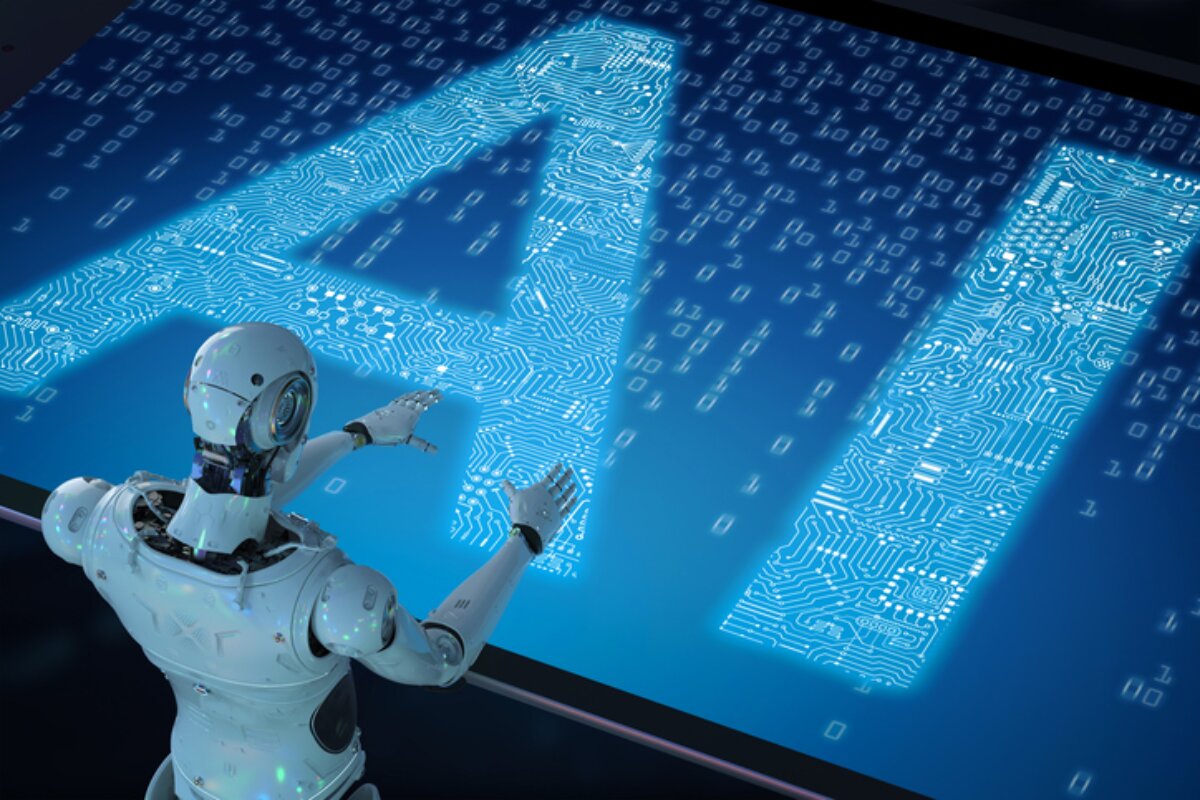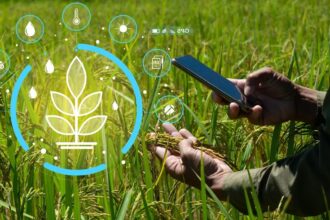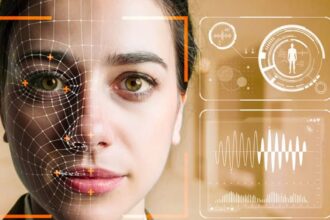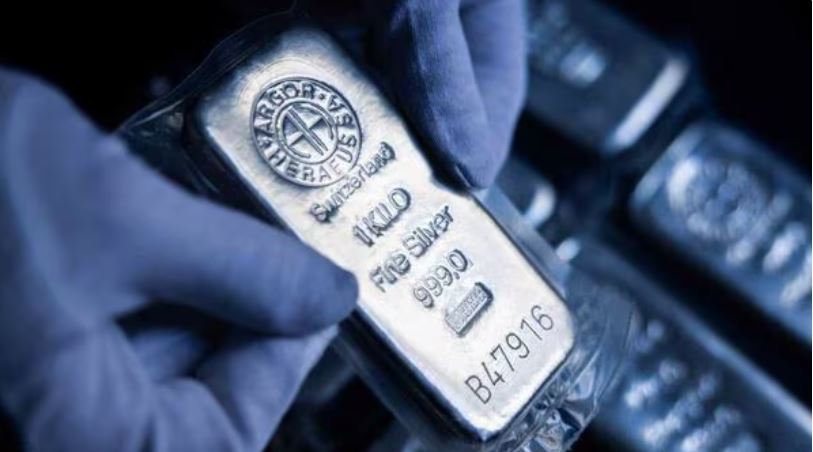Introduction:
Industrial robots have long been the workhorses of manufacturing, known for their precise, powerful, and tireless performance. But when it comes to delicate handling, navigating unstructured environments, or working closely with humans, their rigidity becomes a liability. This is where AI-driven robotics steps in, and nowhere is its impact more evident than in soft robotics.
How Artificial Intelligence Is Reshaping the Robotics Landscape
Traditional robots operate based on predefined rules and fixed programming, which limits their usefulness in variable environments. AI changes this paradigm by enabling:
- Autonomous decision-making
- Perception through vision and tactile sensors
- Real-time adaptation through reinforcement learning
- Continuous improvement through data-driven feedback loops
This is especially transformative in applications requiring precision, safety, and collaboration that qualities rigid robots struggle to deliver. This AI integration in robotics could add USD 124.77 billion to the global market by 2030, largely driven by smart manufacturing and service automation.
Soft Robotics for AI Innovation
Soft robotics, where robots are made of compliant materials like silicone or elastomers, presents unique control challenges. Their non-linear dynamics and deformable structures are difficult to model using classical programming. AI steps in as the solution.
How AI Powers Soft Robotics:
- Adaptive Control Algorithms: AI models adjust movements based on real-time deformation and load conditions.
- Sim-to-Real Transfer: Robots are trained in virtual environments and then deployed in the physical world using AI to bridge the gap.
- Sensor Fusion & Perception: AI interprets data from stretch sensors, cameras, and e-skins to feel and respond.
- Collaborative Interaction: Predictive AI enables robots to work safely alongside humans, adjusting grip and movement in real time.
Recently, in July 2024, MIT’s Computer Science and Artificial Intelligence Laboratory (CSAIL) developed RoboGrocery, an innovative robotic system designed to automate the grocery packing process. This system integrates AI in combination with a soft robotic gripper and computer vision, enabling it to handle a diverse array of items—from fragile produce like grapes and muffins to sturdier goods such as soup cans and ice cream containers—without causing damage.
Real World Impact of AI in Robotics: Industry Spotlights
The fusion of AI and robotics is already delivering value across industries. Explore where AI-led soft robotics and other AI-powered systems are solving high-friction problems.
Agriculture: Precision Harvesting
In agricultural practices, soft fruits such as tomatoes and strawberries bruise easily. As per the Food and Agricultural Organization (FAO) of the United Nations, around 30% -40% of fresh produce is lost due to poor handling. This can be reversed by AI-driven robotics using smart grippers built with real-time computer vision and adaptive pressure control, which helps to improve the harvest without damage.
Healthcare: Assistive Mobility & Rehabilitation
In assistive mobility and rehabilitation, wearable robotics must adapt to natural body movement without compromising safety, which is challenging for rigid traditional systems. AI-driven exosuits and bionic limbs solve this by interpreting natural body movements. They provide real-time, personalized support to help users, such as stroke survivors and the elderly, regain mobility safely and effectively.
To support innovative wearable robotics, researchers from the University of Twente announced the launch of CEINMS-RT, an open-source platform developed with McGill and Griffith Universities in January 2025. This platform will enable real-time, neuro-mechanical control of assistive devices, such as exoskeletons and bionic limbs, bridging the gap between human intent and robotic action.
E-Commerce & Logistics: Smart Item Handling
Picking mixed items is a tough challenge for traditional robots, which need constant reprogramming to handle different shapes and sizes. The use of AI-enabled soft manipulators can instantly recognize an item’s shape, adjust their grip on the fly, and keep learning from every pick. This adaptability not only boosts efficiency but also opens new doors for handling delicate or irregular objects without human intervention, transforming automation in industries like e-commerce and logistics. Companies such as Amazon use nine different robots in their warehouses to help workers do their jobs more safely and easily.
Technologies Fueling AI in Robotics
The capabilities of AI in robotics are rapidly advancing due to breakthroughs across hardware and software:
- Reinforcement Learning at the Edge: Robots learn optimal strategies from experience and adapt instantly, without relying on centralized cloud systems.
- Generative AI for Robotic Design: AI algorithms now optimize robot structure based on the task, whether for underwater exploration or wearable support.
- Sensor-Driven Intelligence: Soft e-skins embedded with sensors feed real-time data into AI models, enabling dexterity that rival human touch.
New Era of Human-Centric Automation
AI is making robots smarter and making them safer, more responsive, and more collaborative. Whether it is a soft robotic glove helping a senior walk or an AI-driven picker delicately sorting glassware, the trend is clear:
The future of AI in robotics is not about replacing humans, but it is about enhancing them through intelligent, intuitive machines.
By embedding AI at the core of robotics systems, businesses can automate tasks that were once too nuanced, too dangerous, or too variable for machines to handle. And as the technology evolves, so too will the industries it transforms.
The Intelligence Behind the Robotics
Soft robotics may be reshaping the physical design of machines, but AI is the mind enabling them to think, feel, and interact. As organizations look to scale intelligent automation in a human-centric world, the fusion of AI and robotics stands out as the most exciting and enabling frontier.
















